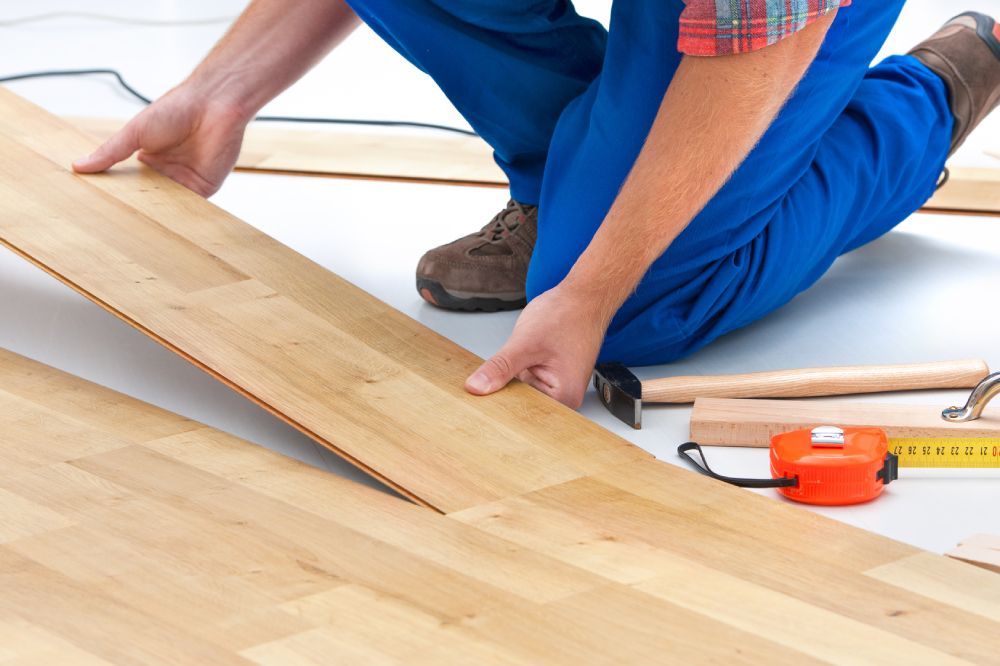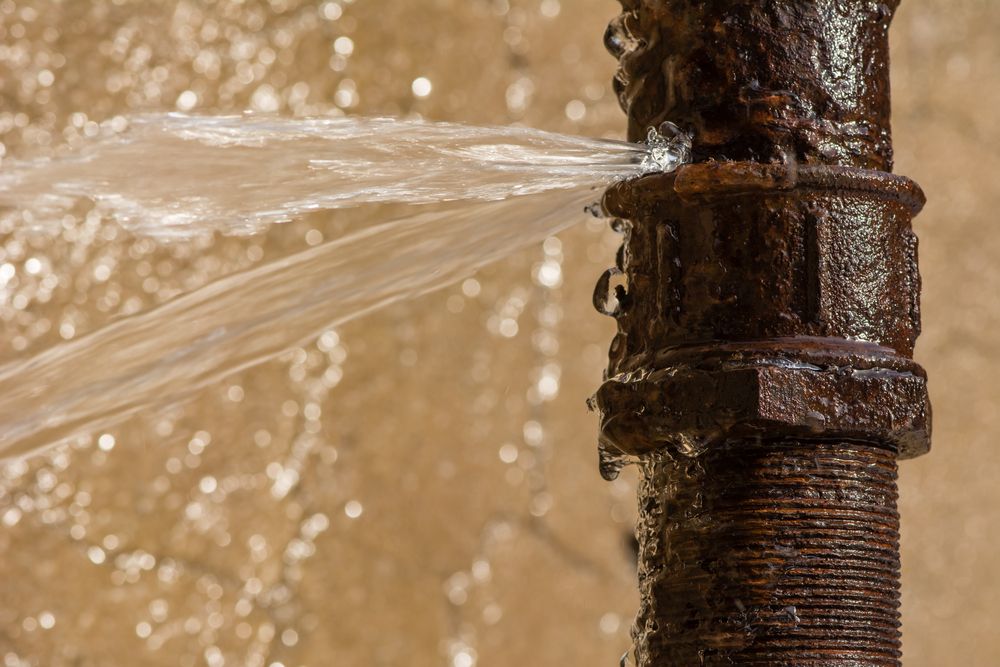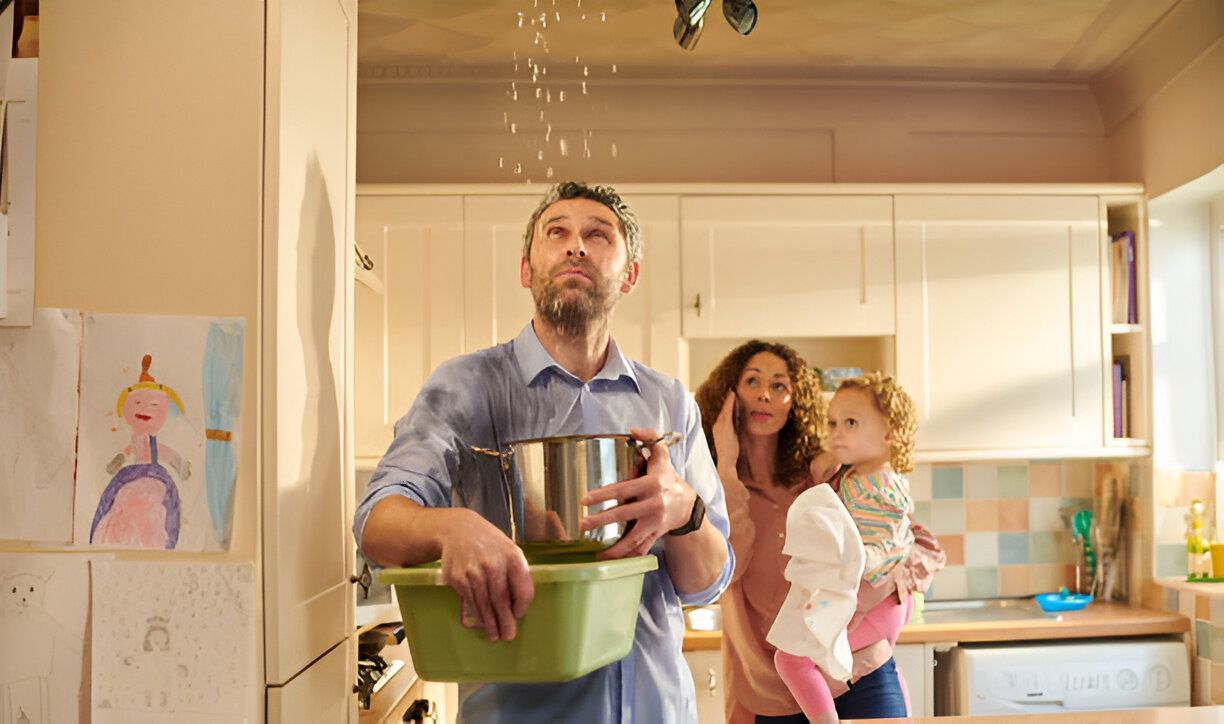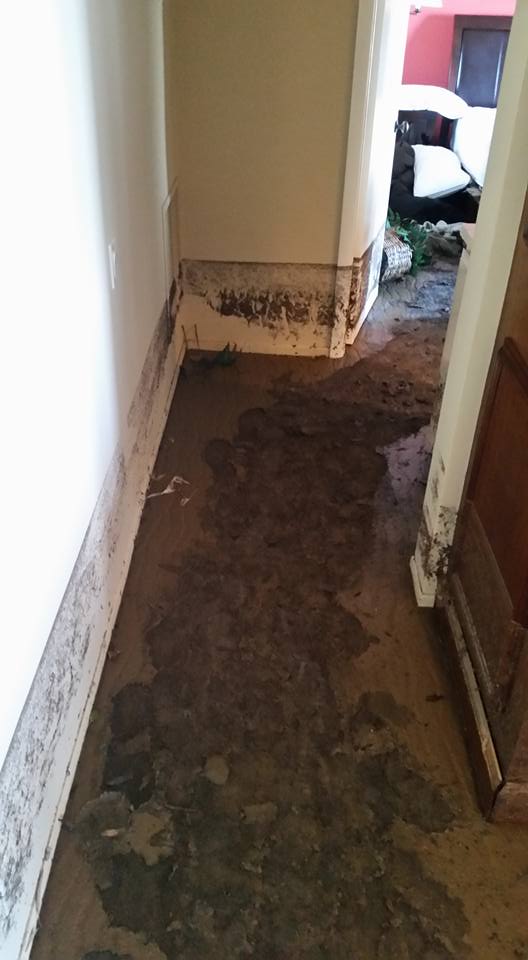Common Causes of Water Damage & How to Prevent Them | Vista Flood Restoration
The Hernandez family left their Claremont home for a relaxing three-day weekend; little did they know that they would return to soaked carpets, swollen baseboards, and a significant musty smell in every room. An unnoticed small leak from a copper line under their kitchen sink had been trickling continuously, causing the lower level of their home to slowly flood. Upon returning, the damage was extensive—flooring damaged, drywall discolored, and the beginnings of mold noted.
Water damage starts innocuously, behind walls or under appliances, and slowly but surely worsens. Living in a sunny city like San Diego can lead homeowners to feel relatively safe, but aging infrastructure, coastal erosion, and a rare yet strong storm may surprise the unprepared. To make sure your property is restored to its pre-damage condition and avoid expensive repairs, it's advised not to wait and call a
water damage restoration company in San Diego right away.
Water Damage in San Diego- Reasons & Preventive Measures
Though San Diego enjoys a fairly consistent sunny and warm climate, homes in the area deal with age-related infrastructure threats and potential water damage risks. Many local neighborhoods contain homes built decades ago without upgrades, including plumbing. The salt in the air, especially in areas like La Jolla and Pacific Beach, can corrode metallic components around your home, including plumbing and appliances.
Winter storms can bring flash floods, and atmospheric rivers can overwhelm drainage systems. While rare, even small earthquakes can shift pipes or create tiny cracks in the foundation, allowing moisture to enter unnoticed. With that in mind, let’s examine some of the most common causes of water damage in residential homes and how you can reduce your risk.
- Leaking or Burst Pipes
Leaking or burst pipes contribute to water damage incidents in homes as much as defective appliances. In San Diego, older plumbing materials like copper and galvanized steel accumulate years of corrosion and are more prone to leaks than newer products like PEX or modern copper piping.
The hard water in the region exacerbates the issue. Furthermore, salt in the atmosphere contributes to corrosion-related plumbing issues. Pipe joints can fail without obvious signs, often showing up as low water pressure, stains creeping across ceilings or walls, or unexplained spikes in water bills.
To be proactive, homeowners should schedule regular plumbing inspections, install water pressure regulators, and replace outdated piping with PEX or new copper. Smart leak detectors can protect frequently overlooked areas, like under sinks or around the water heater, by sending real-time alerts before major damage occurs.
- Leaking Appliances
Leaking appliances can also cause major water damage. Common culprits include washing machines, dishwashers, refrigerator water dispensers, and water heaters. These appliances can develop hose or connection failures without notice. Hoses may deteriorate or loosen due to vibration or faulty workmanship during installation. Unfortunately, homeowners often wait until water is pooling before realizing there's an issue.
Prevention starts with regular inspections—tighten loose fittings, replace rubber hoses with braided steel ones, and avoid overloading machines. Replace water heaters every 10 to 12 years and check areas around appliances for signs of moisture, wet floors, or rust stains.
Also Read:
The Hidden Dangers of Slow Water Leaks: How They Can Cost You Thousands
- Roof Leaks
San Diego doesn't get as much rain as other parts of the country, but when it rains, the evidence of an ineffective, aging, or poorly maintained roof becomes apparent. Shingles can crack or go missing, tiles can shift, and flashing can fail around chimneys or skylights. Roof valleys and flat areas are particularly vulnerable to pooling water.
Homeowners should schedule annual roof inspections (especially before winter) and keep gutters clean and free of debris to prevent overflow. If you see water stains on ceilings or walls, act sooner rather than later—even a small leak can cause significant structural damage and mold growth.
- Clogged Drains and Overflowing Toilets
Backed-up plumbing drains are a common risk that can result in expensive and messy overflows. Grease, food debris, hair, soap scum, and hygiene products all contribute to clogs. A single slow drain may seem minor, but it could signal a larger issue deep within the plumbing.
Overflowing toilets are one of the most common causes of household water damage, especially when ignored or left unattended. Preventative measures include installing drain screens, avoiding flushing anything other than toilet paper, and scheduling annual cleanings for drains and toilets.
- HVAC System Failures
Many San Diego homes rely on central HVAC systems for year-round comfort. These systems often produce condensation, which should be drained via pans and lines. However, clogged lines or cracked pans (often in attic-mounted air handlers) can lead to leaks. These leaks often go unnoticed until water damages the ceiling below.
Regular HVAC maintenance is essential. Flush condensate lines with vinegar, inspect drip pans during each service visit (at least twice a year), and make sure systems are functioning properly to avoid hidden mold or structural damage.
- Crawlspace and Foundation Moisture
Crawlspaces are often hidden and are at an increased risk of moisture due to poor drainage, leaking pipes, or groundwater infiltrating these areas.
When we talk about crawlspaces and moisture, we recall the issues that can arise: rotting floor joists, deformed floors (warping), damage to insulation, mold, etc. Allowing moisture in a crawl space, continued undetected, could lead to tenant frustration and added expense.
Signs of crawlspace issues could manifest as musty airflow, soft floors, and insect infestations. Vacuuming up excess moisture (wet vac), improving grading, applying vapor barriers, sealing cracks or gaps in the foundation, and placing a dehumidifier in damp areas are all proactive and preventative measures.
Proven Signs That an Area Has Sustained Water Damage
Water damage often hides in plain view. The first signs of water damage include stained or warped walls, bubbling paint, offensive odors in the air (i.e., a musty smell), or spikes in your water bill.
Other signs could include mold spots, sagging ceilings, or puddles appearing unexpectedly near appliances. Recognizing water damage early could save you from having to recover instead of simply repairing. The sooner you identify the signs, the more likely you are to avoid turning a small issue into a major homeowner’s headache.
If your property is dealing with water damage, calling
water damage restoration experts in San Diego can help save thousands in repairs.
Prevent Water Damage With Routine Maintenance & Repairs
Water damage can be inconvenient, and it is dangerous. It can lead to significant harm beyond cosmetic issues; it can rot structural supports, damage electrical wiring (which is also dangerous), and contribute to the growth of mold that causes serious respiratory issues.
If you want to stay ahead of water damage, it comes down to routine maintenance. Set reminders to check plumbing, roofing, and appliances each season. Replace items that need updating, install water sensors or automatic shut-off systems, and be aware of strange smells or sounds coming from your walls or floors.
A little effort today could save you tens of thousands tomorrow.
Your Trusted Ally for Water Damage Restoration in San Diego
At
Vista Flood Restoration, we have been proudly serving homeowners all over San Diego County for over 20 years. From emergency water removal and extraction to structural drying, mold remediation, and odor removal to help make your home whole again after disaster strikes, we’re here to help you recover.
We understand the unique challenges faced by homeowners in the San Diego area, from coastal humidity to aging construction, and we’re equipped to offer the right solution for your situation.
Our IICRC-certified technicians are on call 24/7 and will arrive promptly, equipped with the latest technology and advanced moisture detection tools, to face the problem head-on in your home or business. We also liaise directly with your insurance provider, giving you one less thing to worry about while we restore your home as quickly as possible.
Whether you have a leaking pipe in La Mesa, a burst pipe in Oceanside, or flooding from a rainstorm in Mission Valley,
contact us
for reliable and emergency damage restoration services.






Share On: